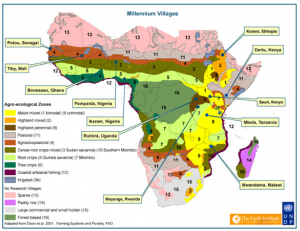As I traveled to Hawaii this past week on American Airlines, I thought about part of a previous post I wrote about on international airlines showing anti-slavery PSA announcements in-flight to fight child sex tourism. I could not help but to think again about the important difference it would make in ending modern day slavery if U.S.-based airlines and tourism agencies began implementing similar awareness campaigns—particularly in places like Hawaii where tourism and the military make up 2/3 of the economy, according to one of my travel guides. As I had mentioned in earlier posts, tourists and servicemen make up a significant proportion of individuals who buy sex.
Upon my arrival back to Florida, I began catching up on recent news that I had missed and came across two articles that totally caught my eye—one related to Hawaii’s push for tougher legislation regarding sex trafficking and one about Delta airlines taking proactive attempts at ending modern day slavery, specifically in regards to child sex tourism. I nearly fell off my couch from excitement (or possibly due to jet lag exhaustion)! Either way, I could not help but to feel a sense of enthusiasm.
Delta Air Lines signed the Code of Conduct for the Protection of Children from Sexual Exploitation in Travel and Tourism—also known as “The Code”—becoming the 1st U.S. airline to make this huge and honorable commitment. Agencies adopting The Code are expected to follow “The Six Criteria:”
airline to make this huge and honorable commitment. Agencies adopting The Code are expected to follow “The Six Criteria:”
| 1. | Establish ethical policy and procedures to fight the commercial sexual exploitation of children (CSEC) |
| 2. | Train personnel in both origin and destination countries on CSEC |
| 3. | Present a clause in contracts with suppliers that states a mutual rejection of CSEC |
| 4. | Provide information to travellers about CSEC by means of catalogues, brochures, in-flight films, ticket-slips, home pages, etc. |
| 5. | Provide information to local “key persons” at the destinations |
| 6. | Report annually |
Delta has made a groundbreaking initiative in the fight against modern day slavery, particularly within the travel and tourism industry. They are being great role models in regards to exercising social responsibility in the industry, setting a great example for Continue reading











